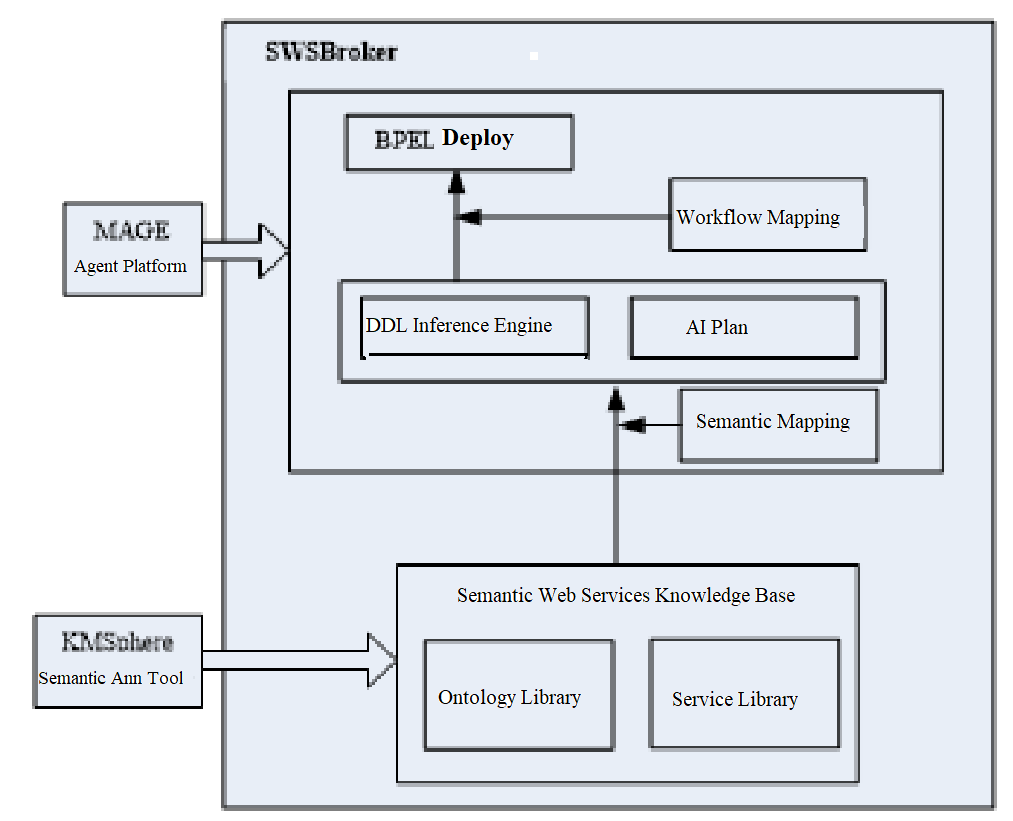The emergence of service-oriented architecture (SOA) provides a powerful solution to the problem of information islands. As a client / server software design method, SOA differs from most general client / server models in that it emphasizes the loose coupling of software components and uses independent standard interfaces.
In the research of SOA, web service is one of its core research issues. As a new web application mode and distributed computing model, it mainly includes three core standards, namely WSDL language for service description, soap protocol for message communication and UDDI standard for service registration. Based on these platform independent protocol standards, web services are easy to publish, locate and call, and effectively connect various network programs through the Internet. It has become an effective mechanism for data and information integration on the web, and has developed rapidly. The proposal of web service technology has an important impact on the Internet, not because Web service is based on any special innovative technology, but because it uses simple and mature technology and realizes the interaction between machines through relatively direct means.
The core problem of web service research is web service composition, that is, combining multiple heterogeneous atomic services to achieve a new service to meet the requirements of users. However, the massive emergence of Web services makes manual composition difficult, error prone, time-consuming, and even beyond the scope of manpower. In this context, the main challenge of web service composition is to let computers understand and reason the knowledge of Web services, so as to realize on-demand services, improve user satisfaction and the automation of composition. This needs to involve the semantic description of Web services and the reasoning and composition process on this basis.
Semantic Web services are proposed under the background of the lack of semantic description and reasoning of Web services. It aims to obtain web services rich in semantic information by using semantic web technology to describe Web services at the semantic level; Its main goal is to add semantic information to the description of Web services, so that web services can become machine understandable entities, so as to support the automatic discovery and composition of Web services. In addition, the proposal of dynamic description logic DDL also lays a foundation for the organic combination of static domain knowledge based on description logic and dynamic function description of Web services on Semantic Web services, and supports the gradual advancement of web service technology towards semantics and automation. The Intelligent Information Laboratory of the Institute of computing, Chinese Academy of Sciences has also developed the corresponding DDL inference engine, which provides an effective supporting tool for the industrial application of Semantic Web services. On this basis, the semantic Web service SWSBroker is developed, and the architecture of the system is shown in the Figure 1.

Figure 1. SWSBroker architecture
Download File: